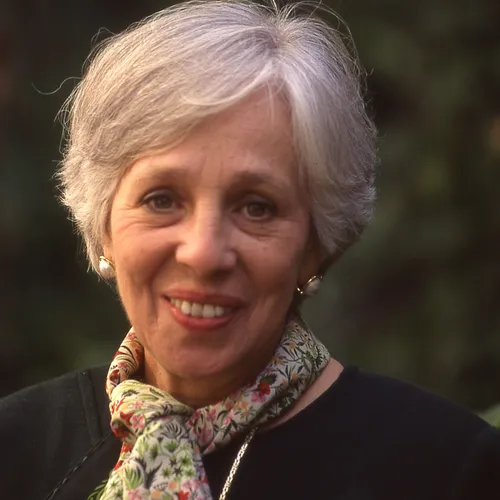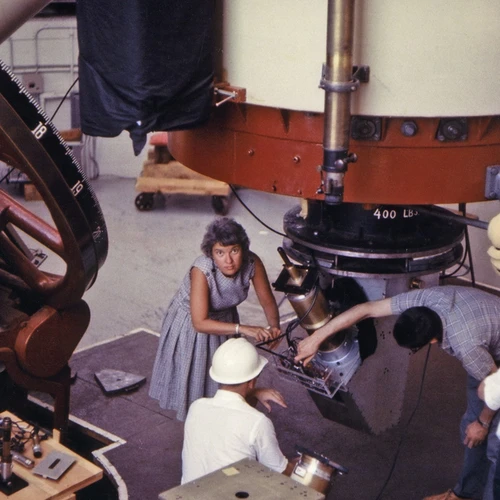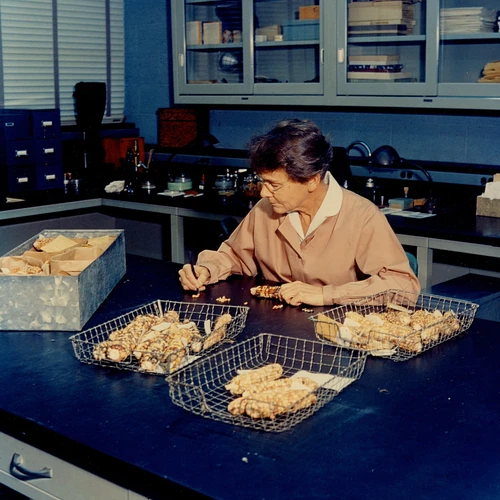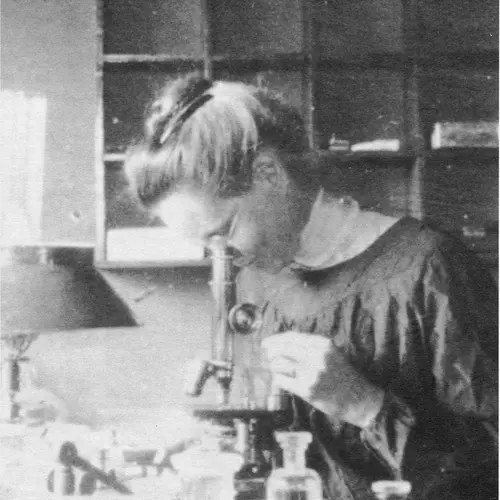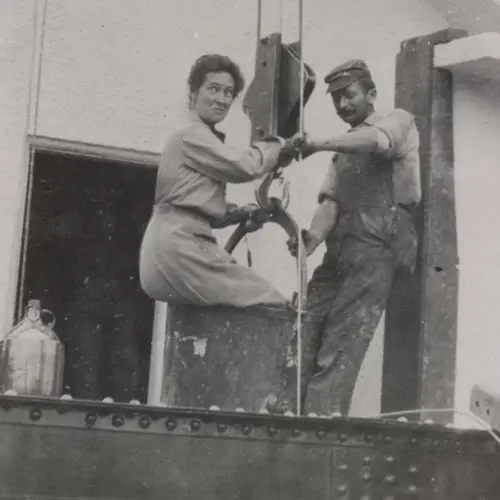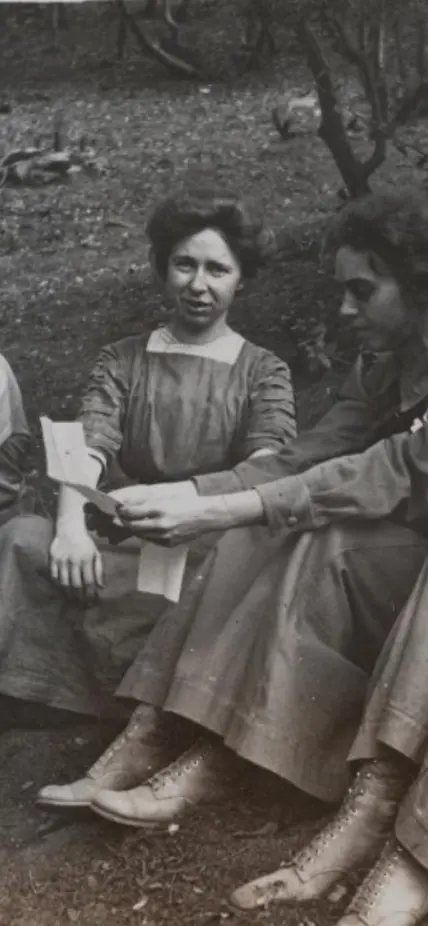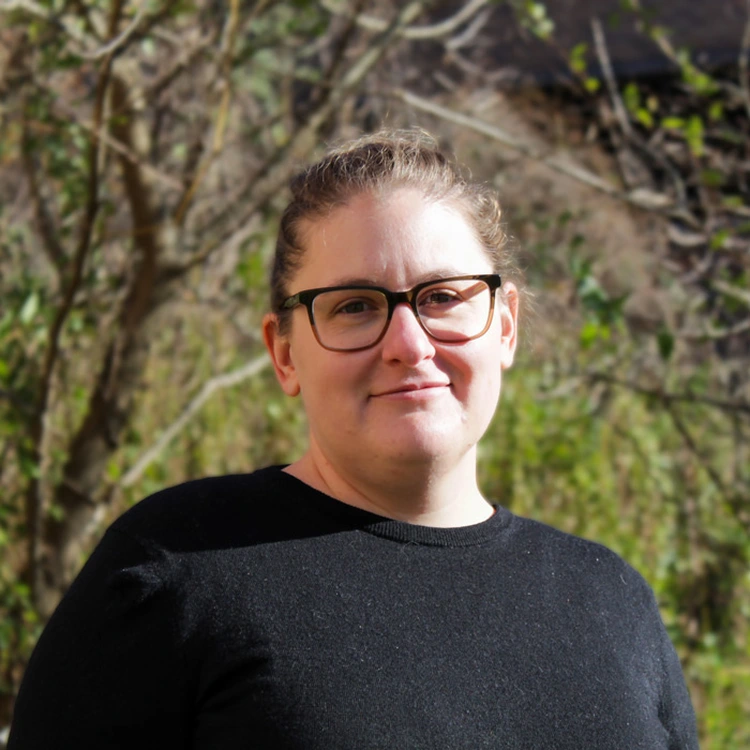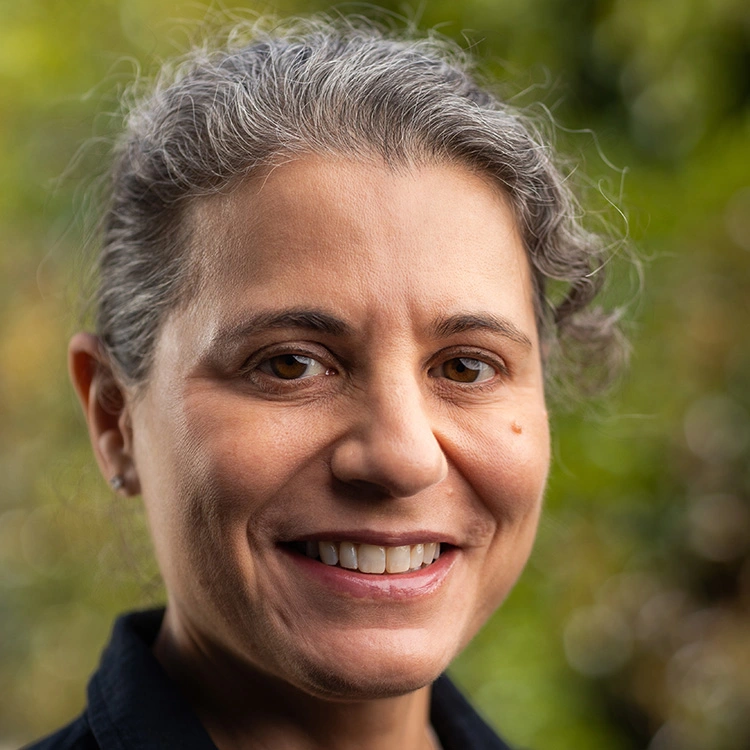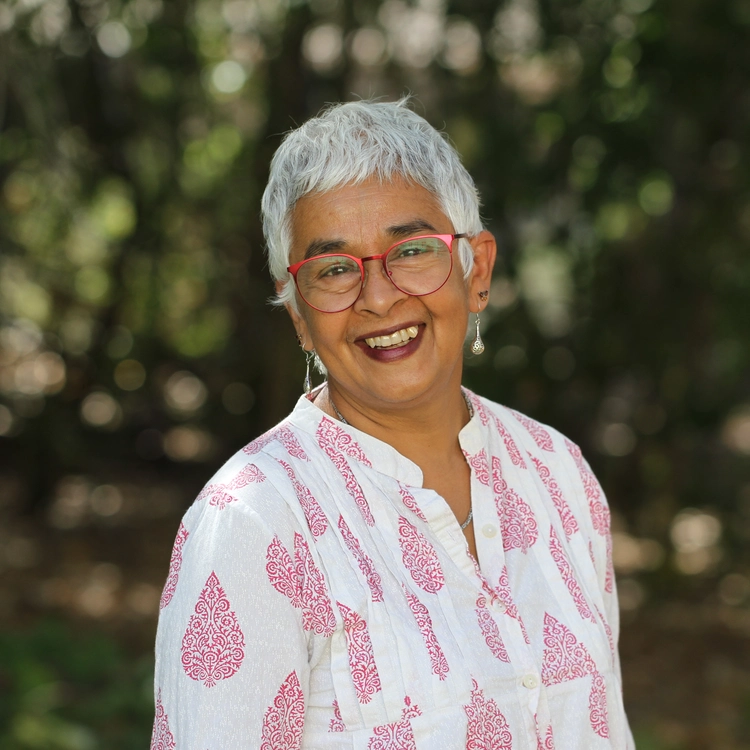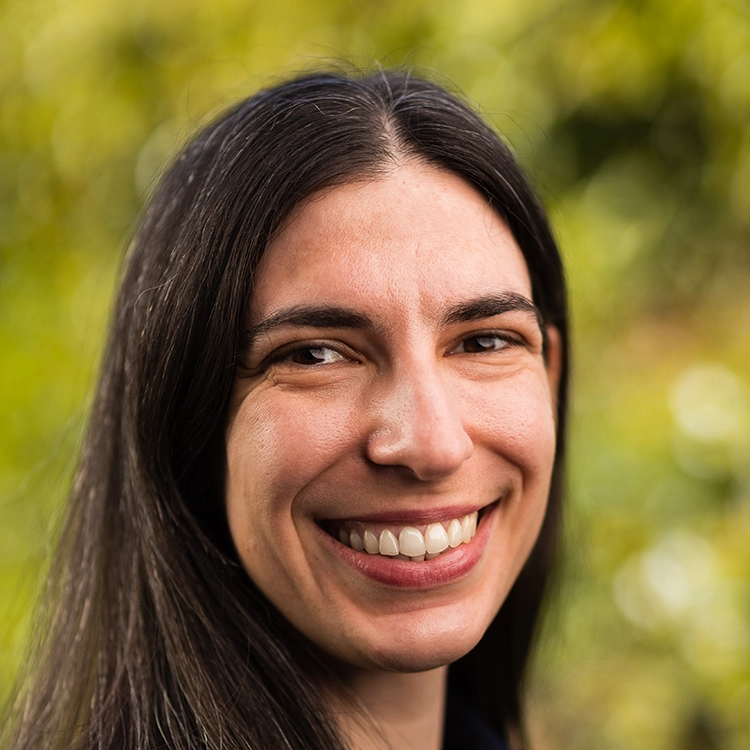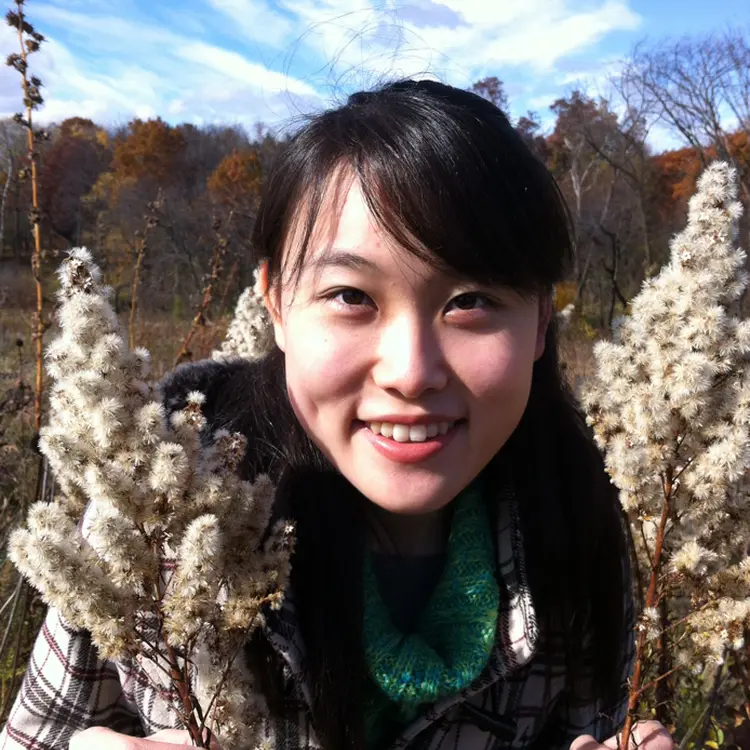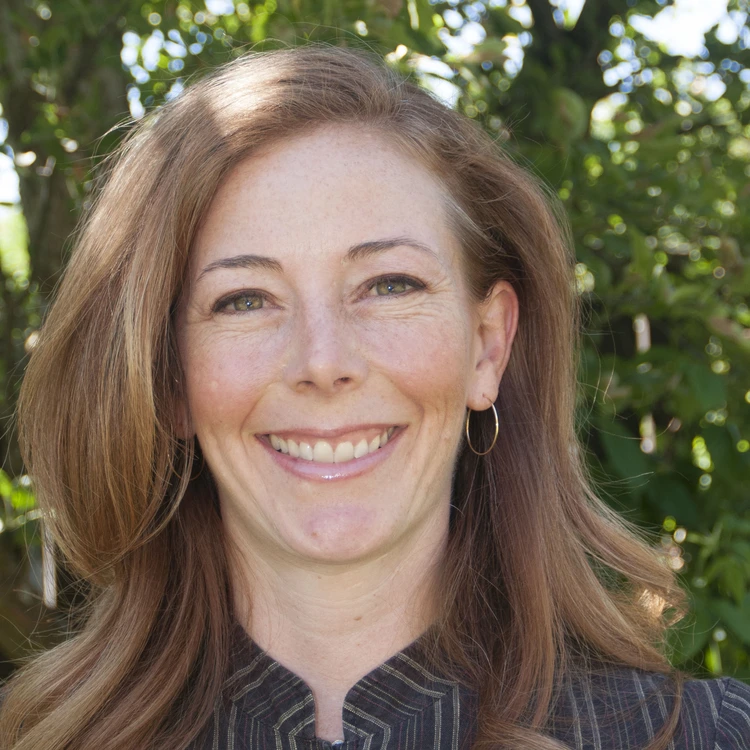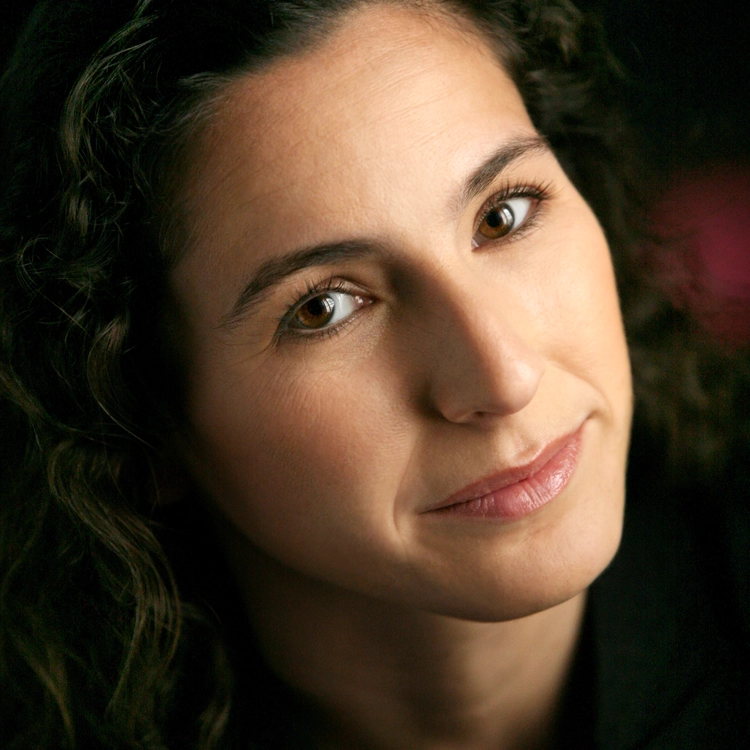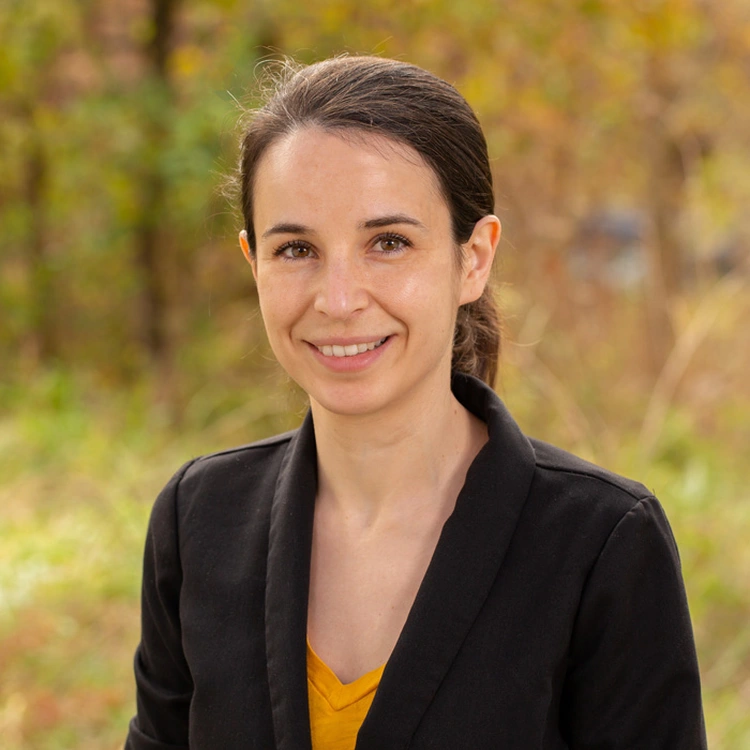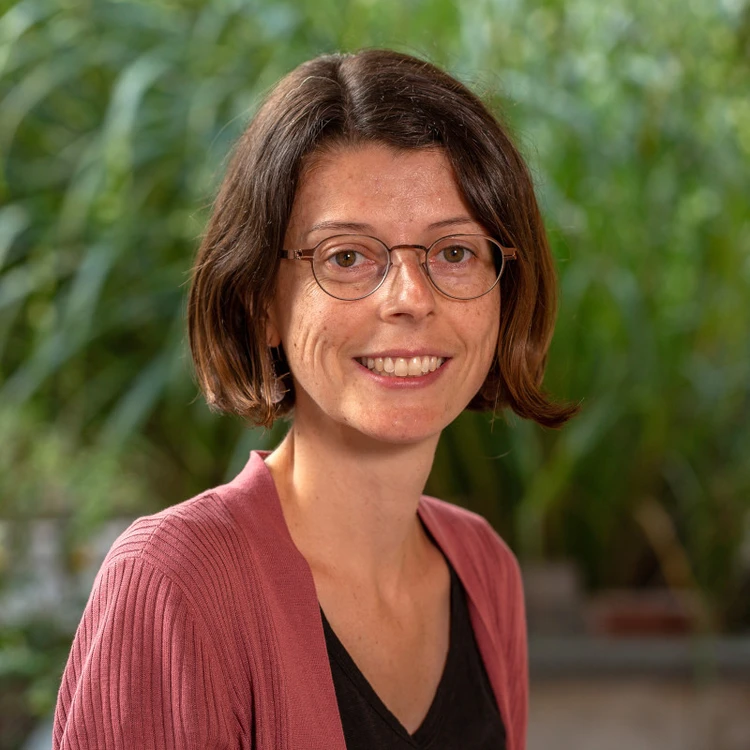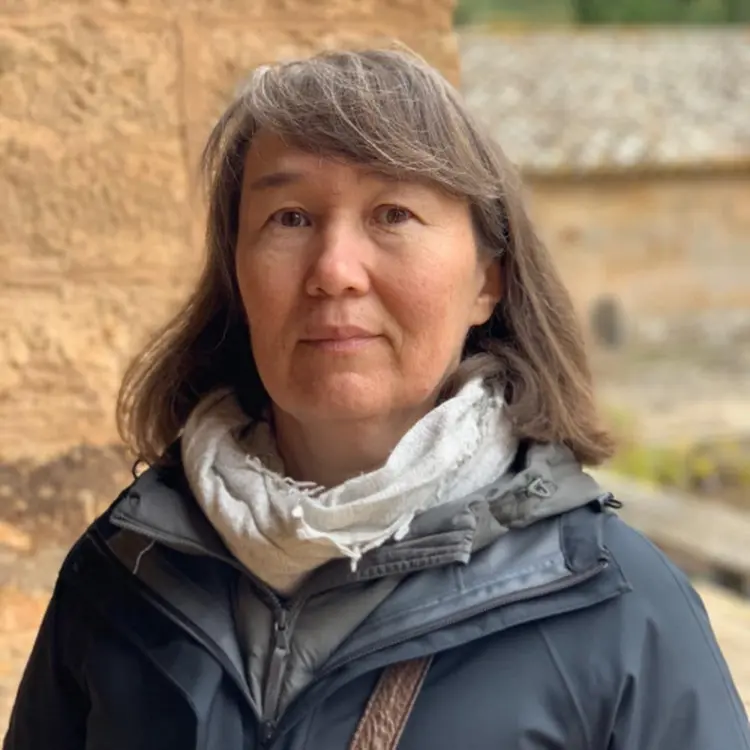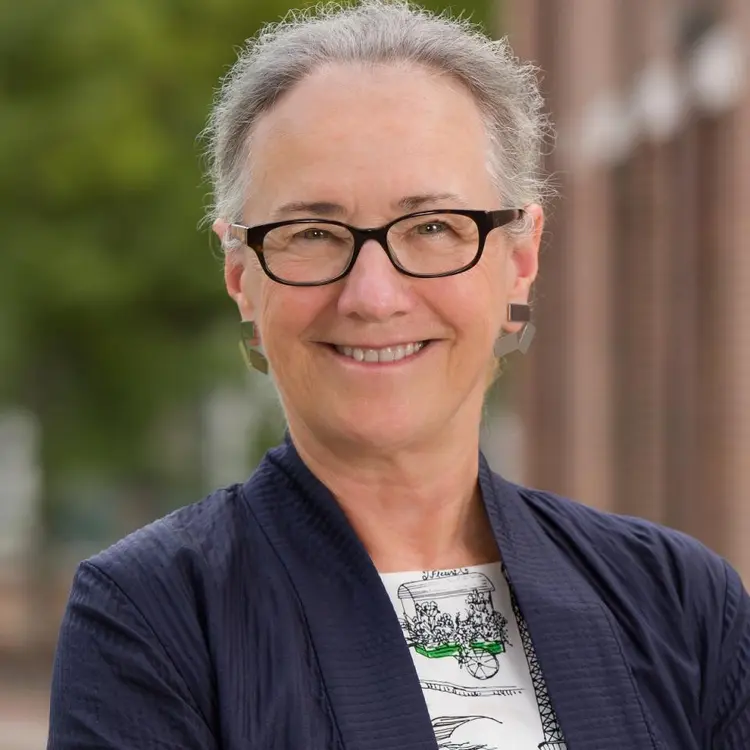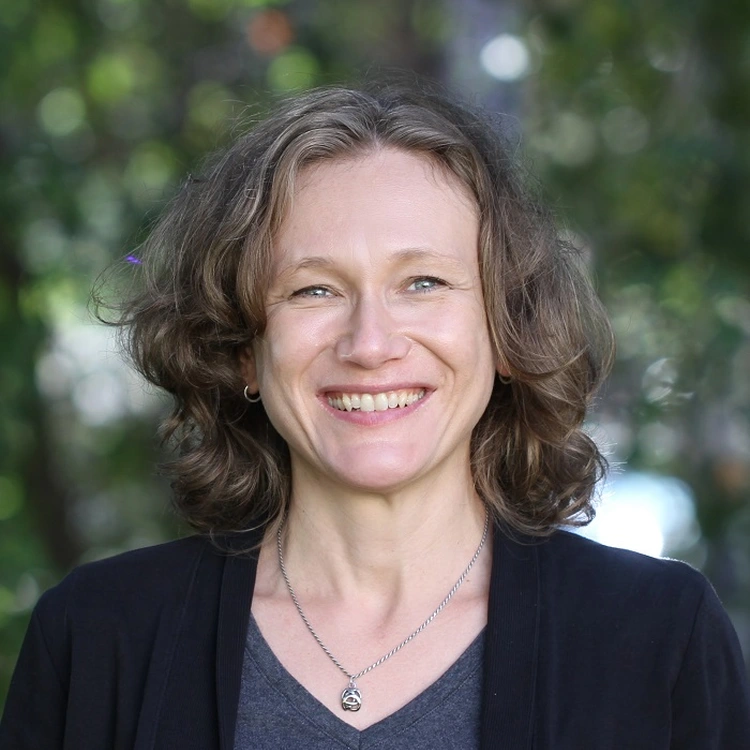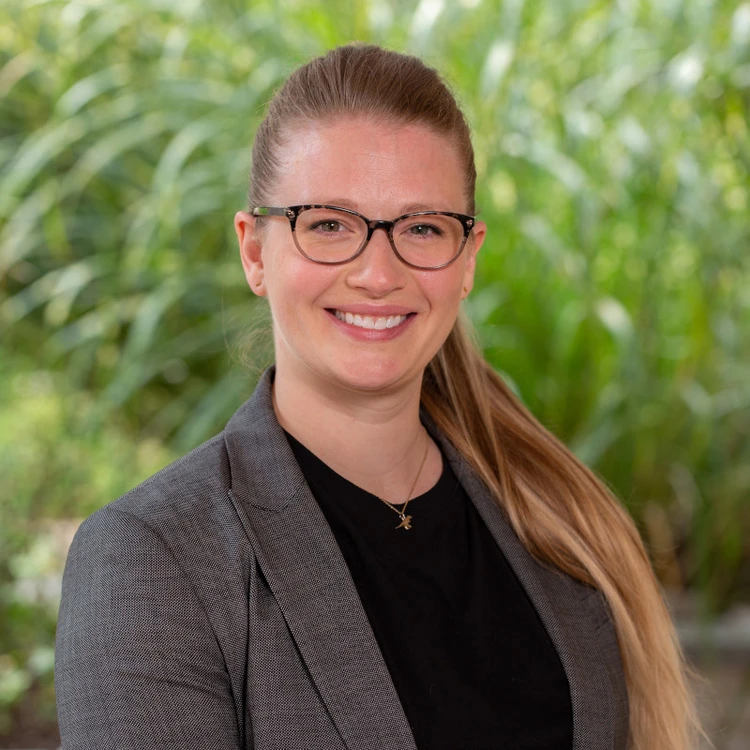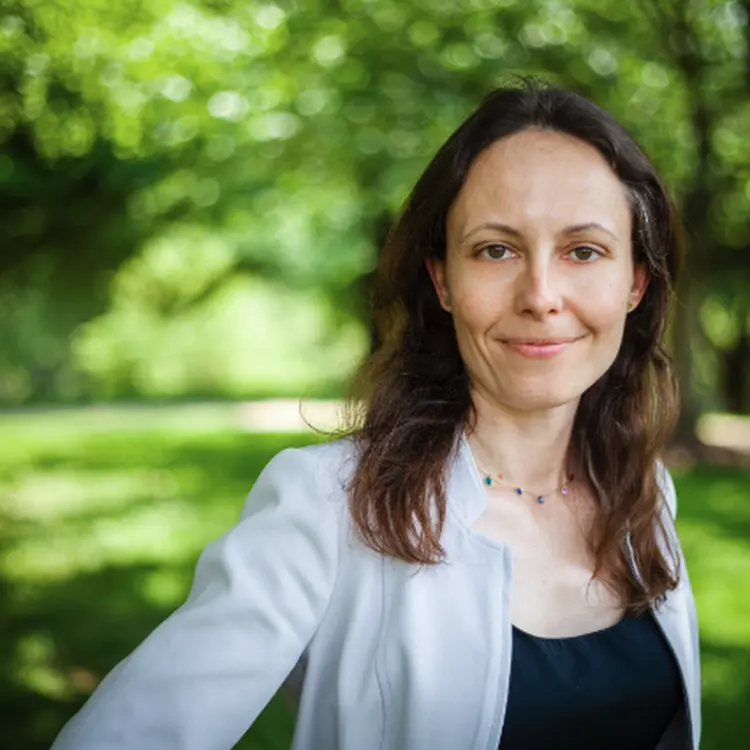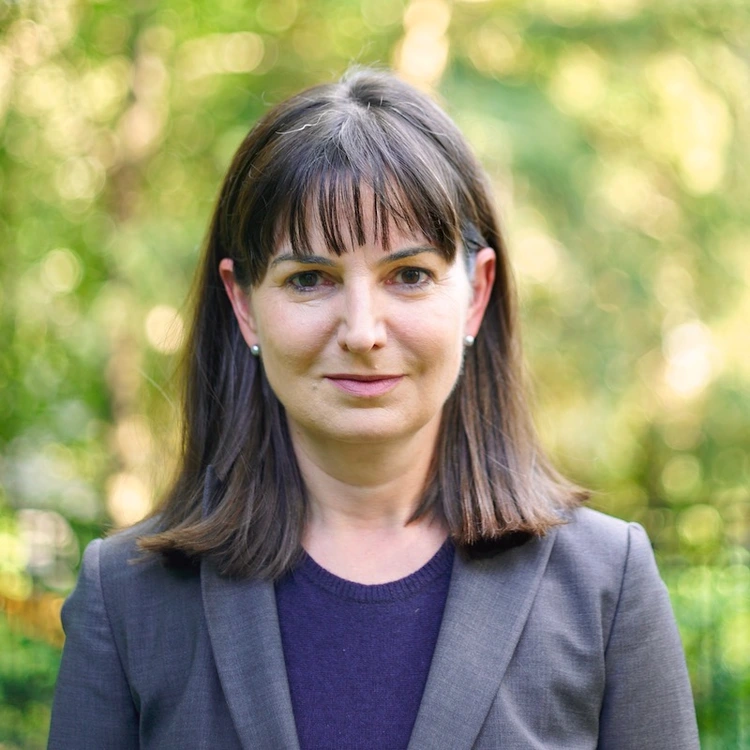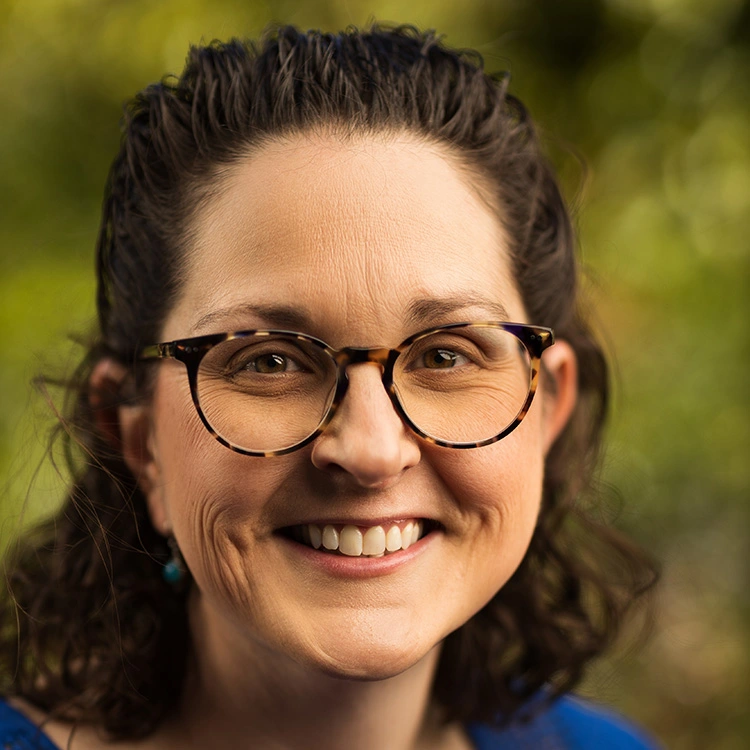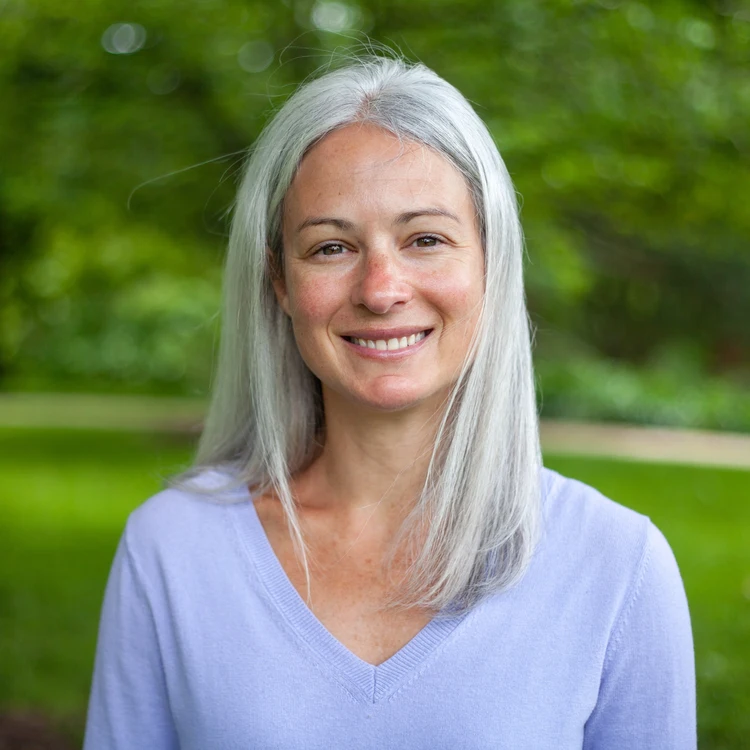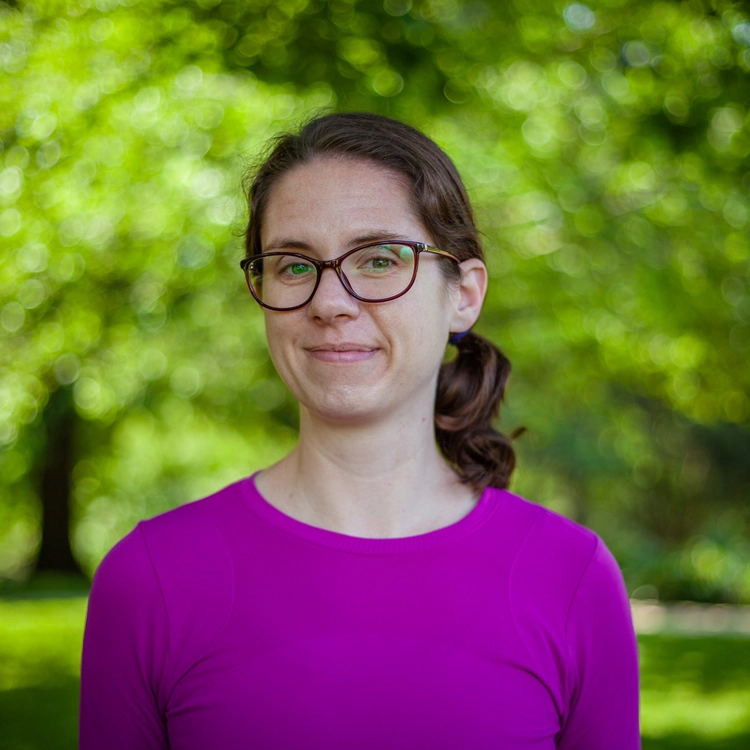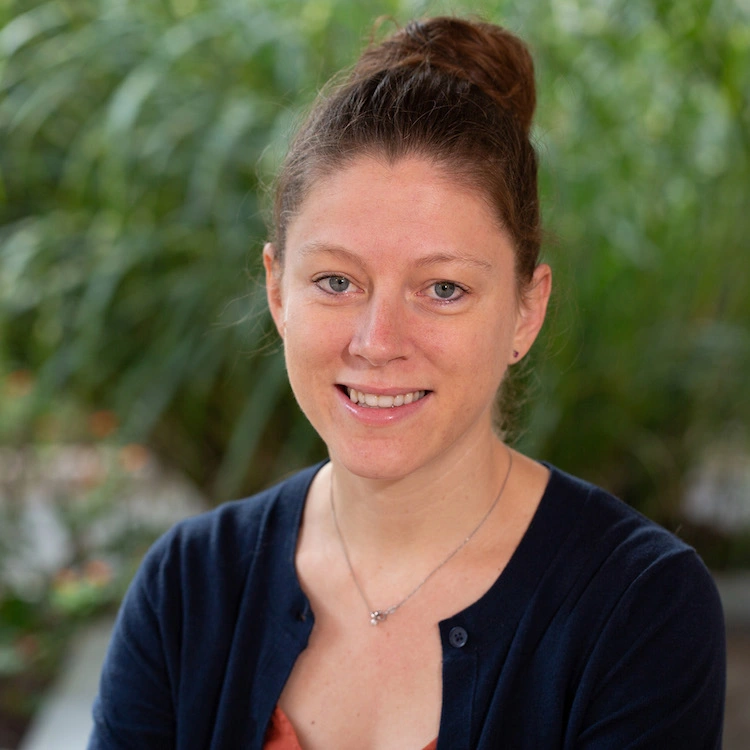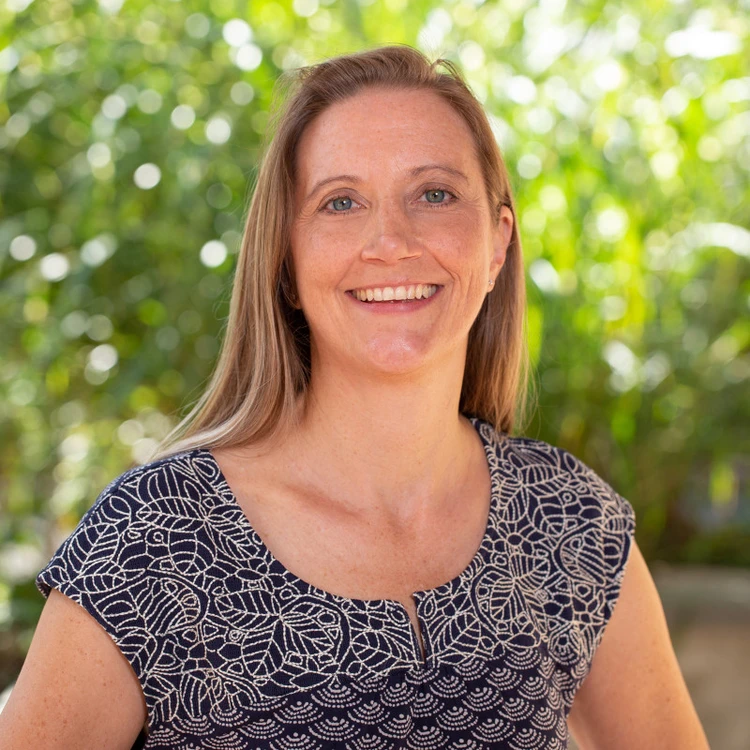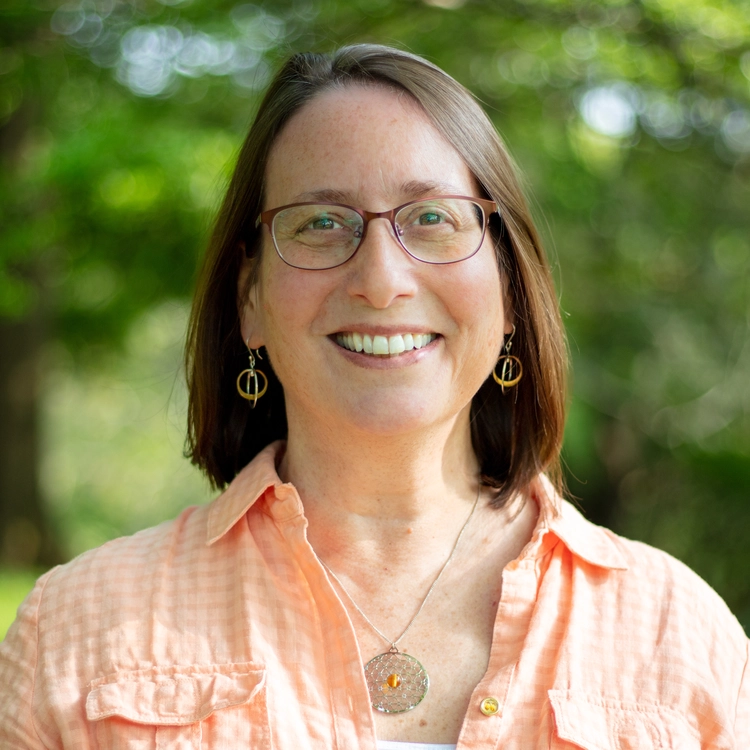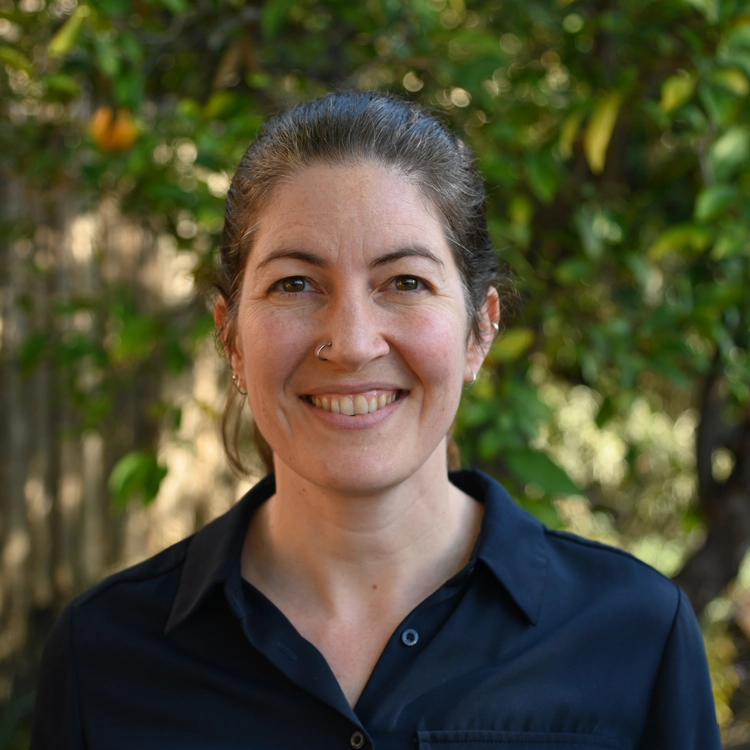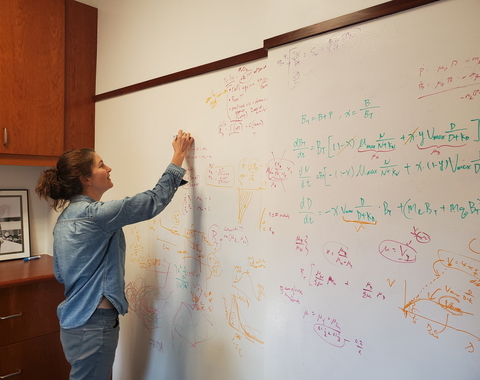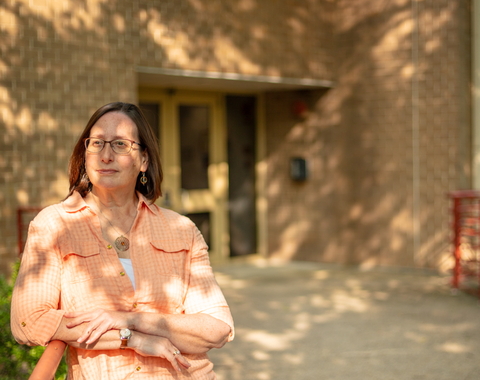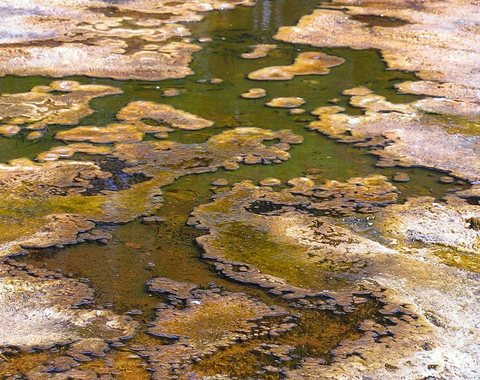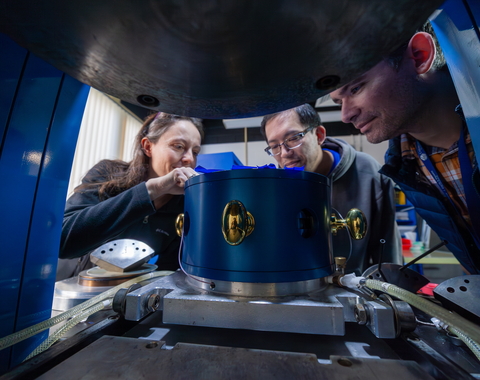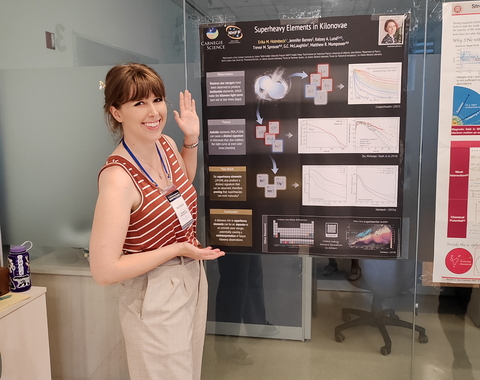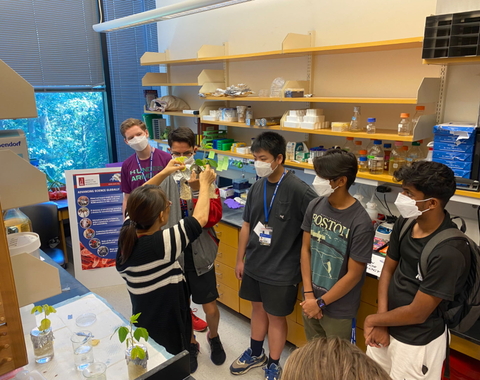Celebrating Women's History
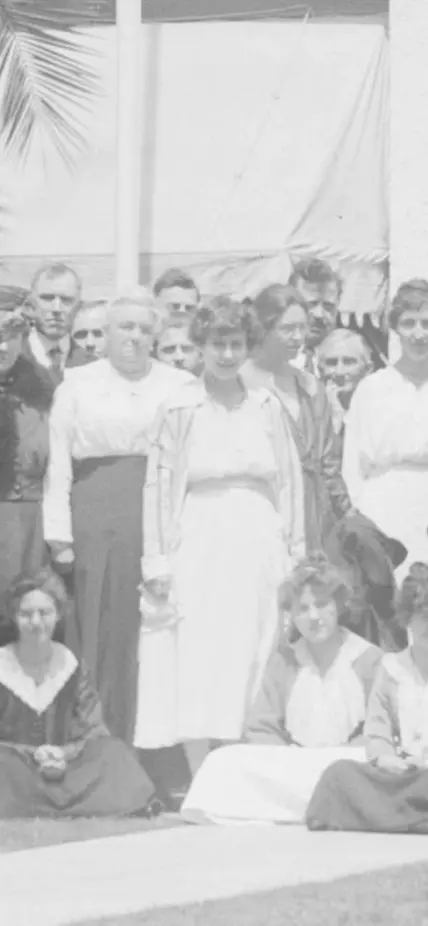
Leading the Way
Since our founding, Carnegie Science has invested in top scientific minds, giving exceptional individuals the freedom and flexibility to follow their curiosity. This included trailblazing scientists like Nettie Stevens, whose work Carnegie funded in 1905, as well as luminaries like Barbara McClintock, Vera Rubin, Nina Fedoroff, Marilyn Fogel, and Wendy Freeman. These incredible scientists overcame significant barriers to make their transformational discoveries and paved the way for women in science today.
Still, work remains to be done to bring STEM fields to gender equality. "Scientific research, like all human endeavors, yields the best results when done by an inclusive and diverse community," said President Eric D. Isaacs.
Quotes from Pioneers
Video Spotlights

Nina Fedoroff: How Barbara McClintock inspired me

There's a New Call Box in Town
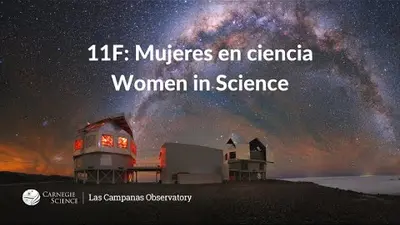
Documental: Mujeres en ciencia
Today's Innovators
Today, women make up about one-third of Carnegie Science staff scientists and researchers. Meet the women who are pushing the boundaries of human knowledge, shaping the future of science, and inspiring generations to come.
From unraveling the mysteries of the cosmos to delving into the complexities of the human genome, these remarkable individuals are at the forefront of innovation and discovery.

2024 Women of Influence
We're telling the remarkable stories of Carnegie scientists as a part of our 2024 Women of Influence campaign. Don't miss more engaging Q&A sessions, where you'll get to know the inspiring women who drive our research forward.
Read their storiesThe Next Generation
These early-career scientists are shaping the future of scientific discovery.
